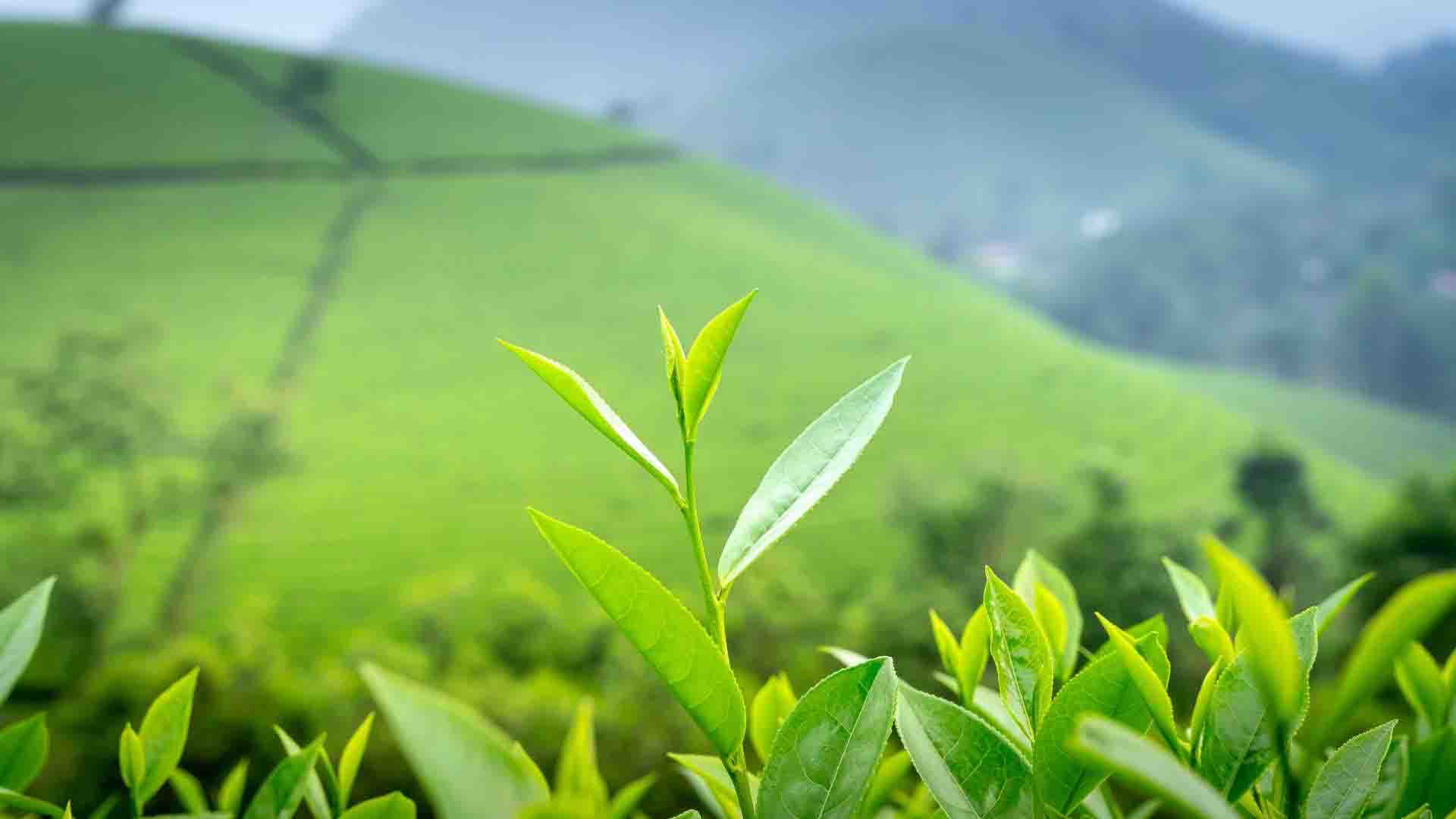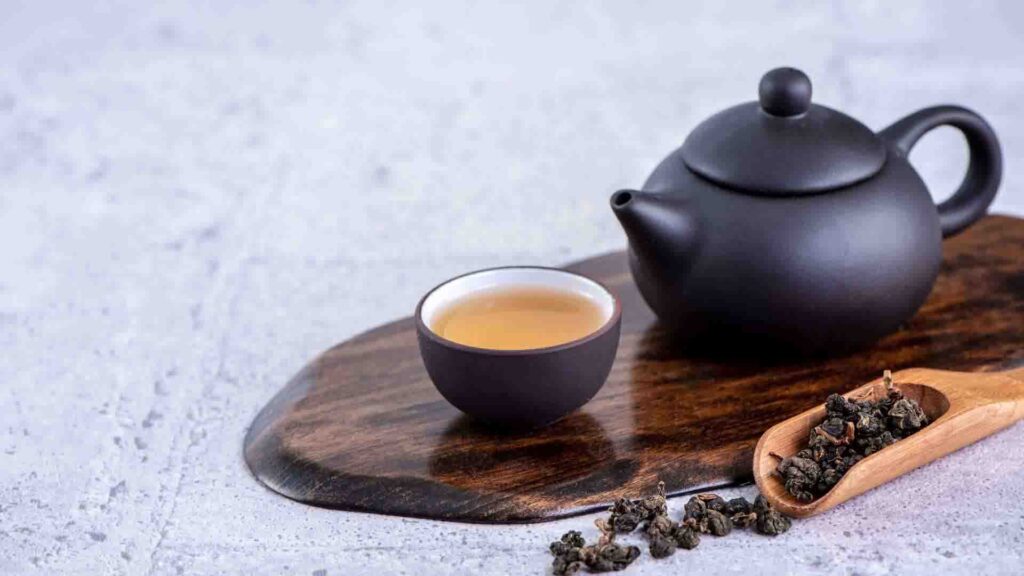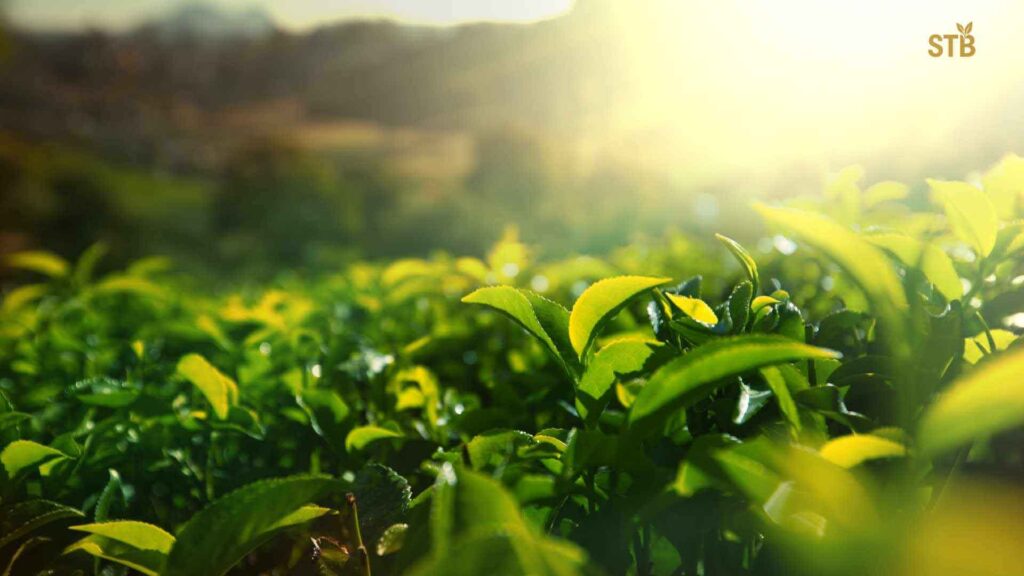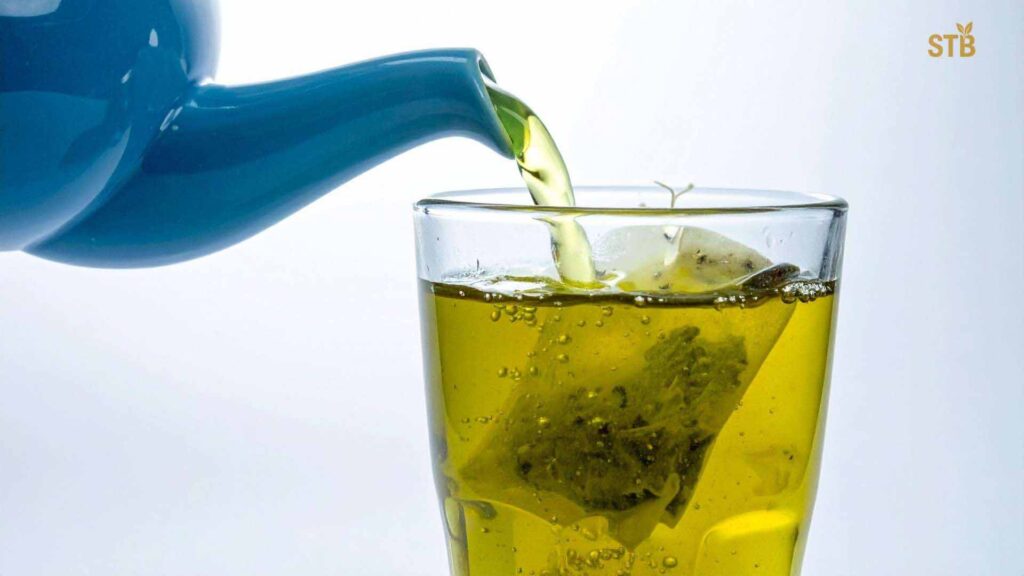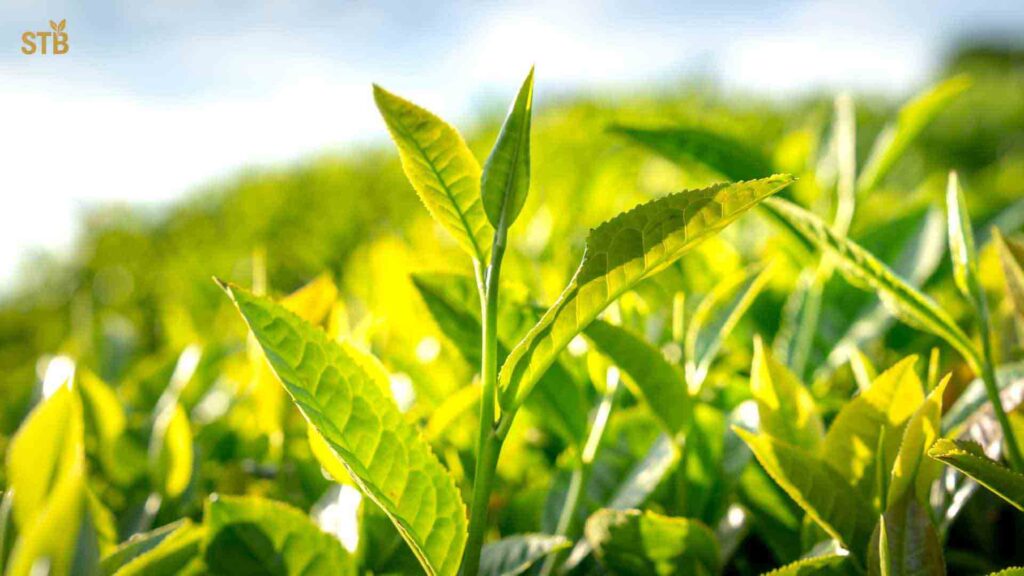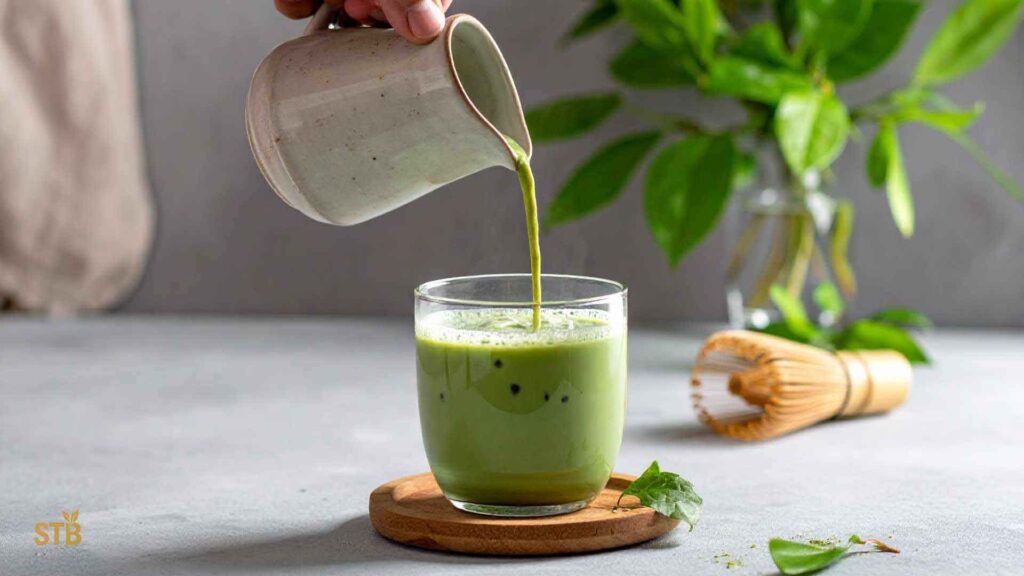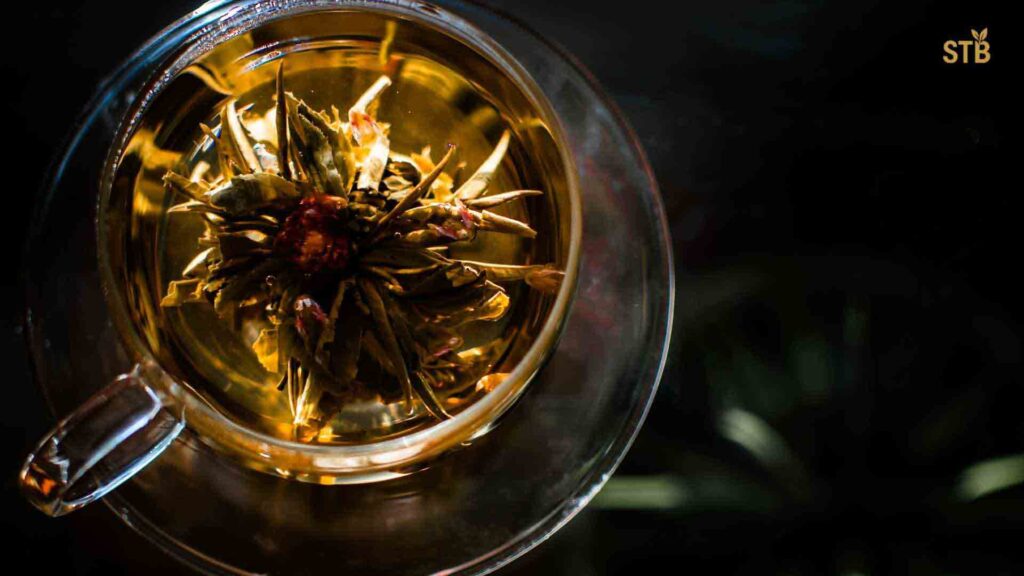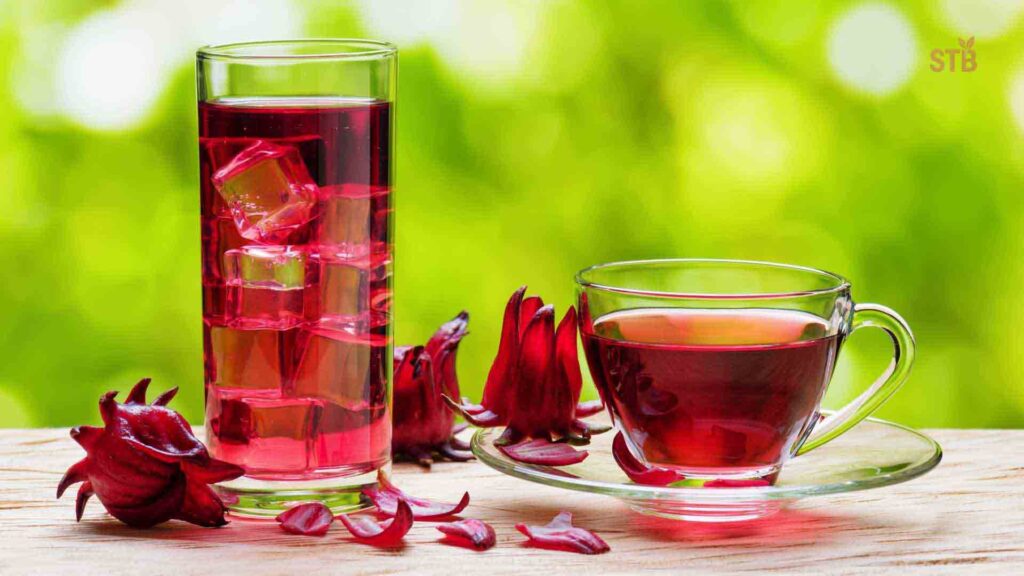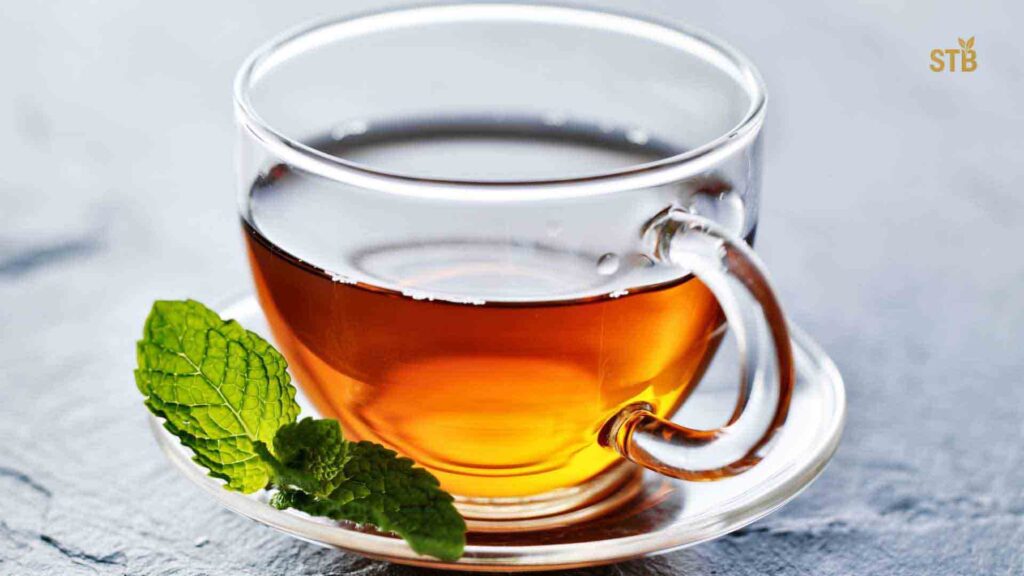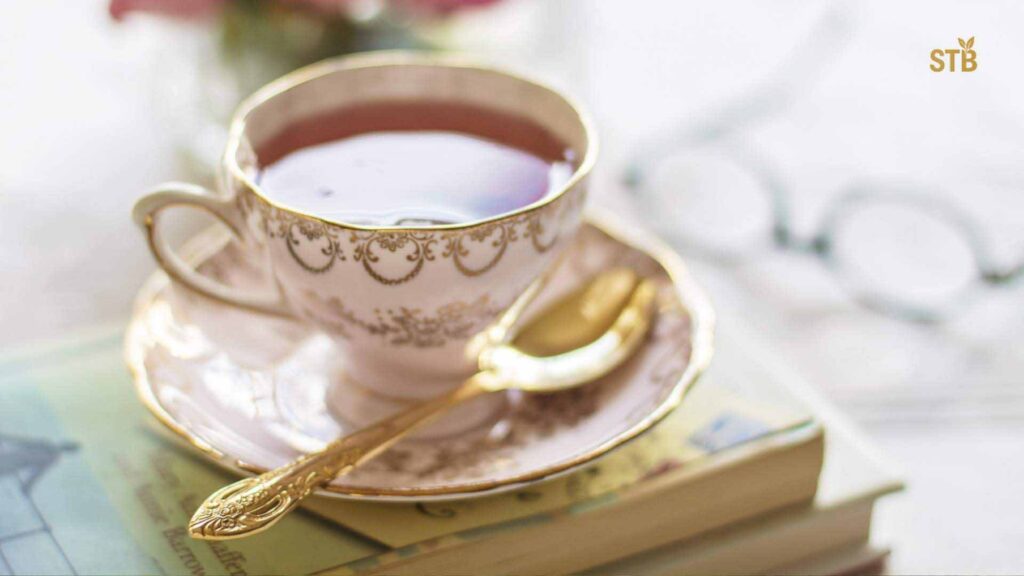Brewing the perfect cup of tea is both an art and a science. With the right approach, you can unlock rich flavors and aromas from premium tea leaves. Whether you’re a casual drinker or a tea aficionado, the journey to a great cup of tea starts with quality ingredients and proper technique. This guide – drawing on tea experts’ advice – covers every step from selecting leaves to steeping time.
You’ll learn how to make the perfect cup of tea, enjoy its healthful perks, and savor every sip of your premium blends. Plus, you’ll discover local insights about Bangladeshi teas and find useful links to related STB Leaf resources for deeper learning. A truly great cup of tea starts with high-quality tea leaves and water. First, choose premium loose-leaf tea. Experts agree that loose teas (whole leaves) infuse more flavor than standard bags.
As Jeannie Liu of Miro Tea points out, “high-grade and exceptional tasting teas” are often hard to find in bags, so invest in a good loose-leaf blend you love. STB Leaf’s online shop offers premium black, green, white, and herbal teas that have been carefully selected to deliver robust, nuanced taste.
For example, our article on Different Types of Tea and Their Health Benefits highlights the unique qualities of each tea variety. Using one full teaspoon (or about 2–3 g) of loose leaf per 6–8 oz of water is a good rule of thumb. Measuring ensures consistency: too few leaves makes weak tea, while too many can lead to over-extraction.
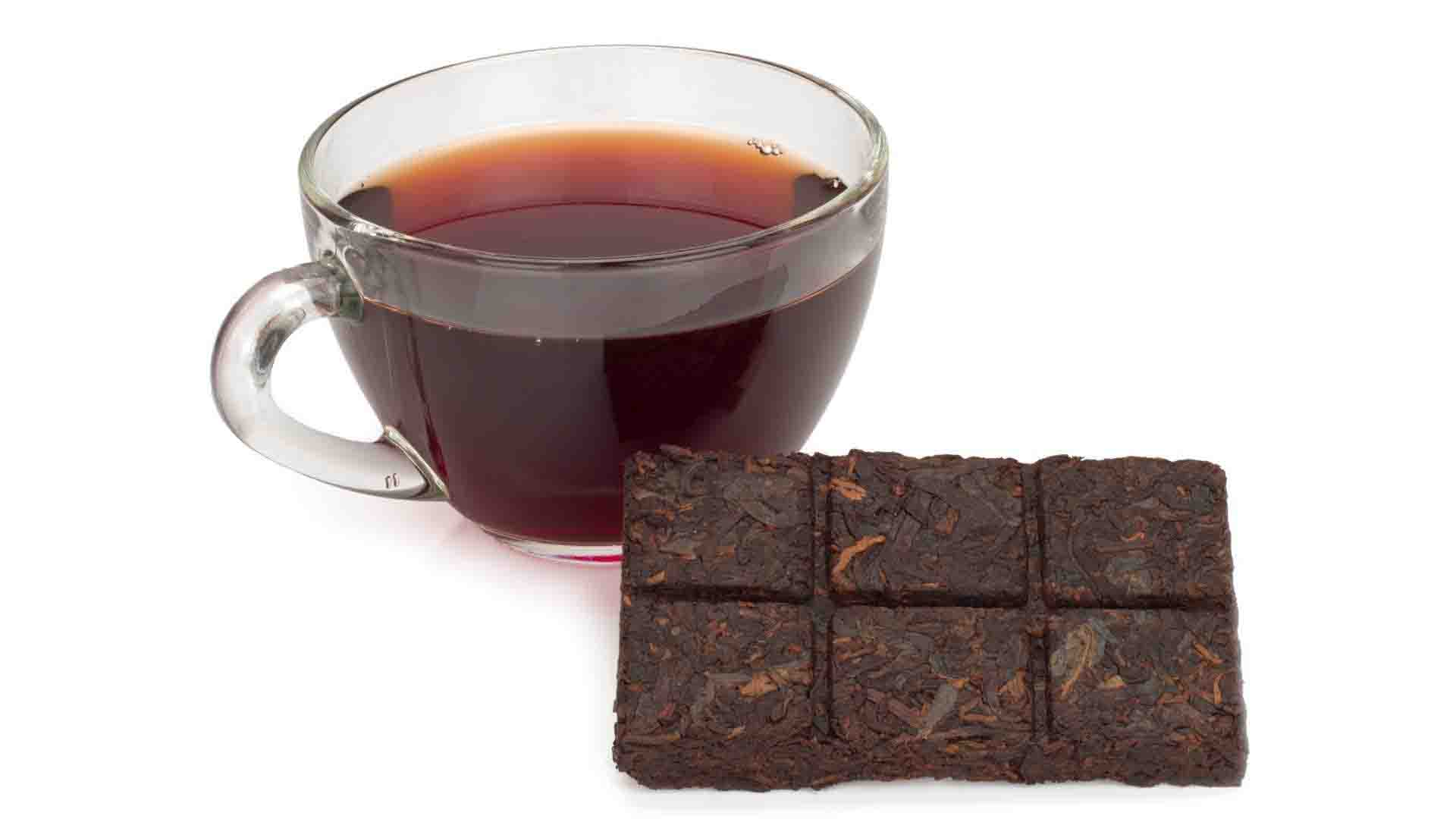
1) Choose High-Quality Tea Leaves
Picking the right tea is the foundation of a great brew. Start with fresh, whole-leaf tea that suits your taste (black, green, oolong, white, or herbal). As Sophia Beams reports, tea experts recommend “going straight to loose leaf tea so you can imprint how good tea is prepared”. If you’re new to loose leaf, you can experiment with a trusted brand or blend.
Focus on one blend you truly love at first – as experts note, enjoying your tea’s true flavor is worth the extra cost. Avoid stale or low-grade tea: good tea should smell fragrant. Store loose tea in an airtight container away from light, heat, and moisture to preserve freshness. (See our Different Types of Tea post for insights on selecting tea by type.) Ultimately, the quality of the cup of tea depends on the quality of the leaves.
2) Use Fresh, Pure Water
Water is the main ingredient in tea, so its quality dramatically affects the brew. Always use freshly drawn cold water (filtered if possible) when brewing. Tea “loves oxygen” – fresh water contains dissolved oxygen that helps extract flavor. Do not use water that’s been sitting in the kettle; never re-boil water, as that depletes oxygen and leaves tea tasting flat.
If your tap water is very hard or heavily mineralized, consider using bottled or filtered water. Hard water can interact with tea compounds and dull flavor. In short: fill the kettle with just-needed cold water, boil it, and let it bubble up. In tea preparation, using soft, pure water is best.
3) Preheat Teaware
For the perfect cup of tea, keep the water hot during brewing. Pre-heating your teapot or cup with hot water helps maintain temperature while steeping. Simply swirl some boiling water in the vessel, then discard it before adding tea leaves. This step is especially important for finer teas like green or white, which brew at cooler temperatures and lose heat quickly.
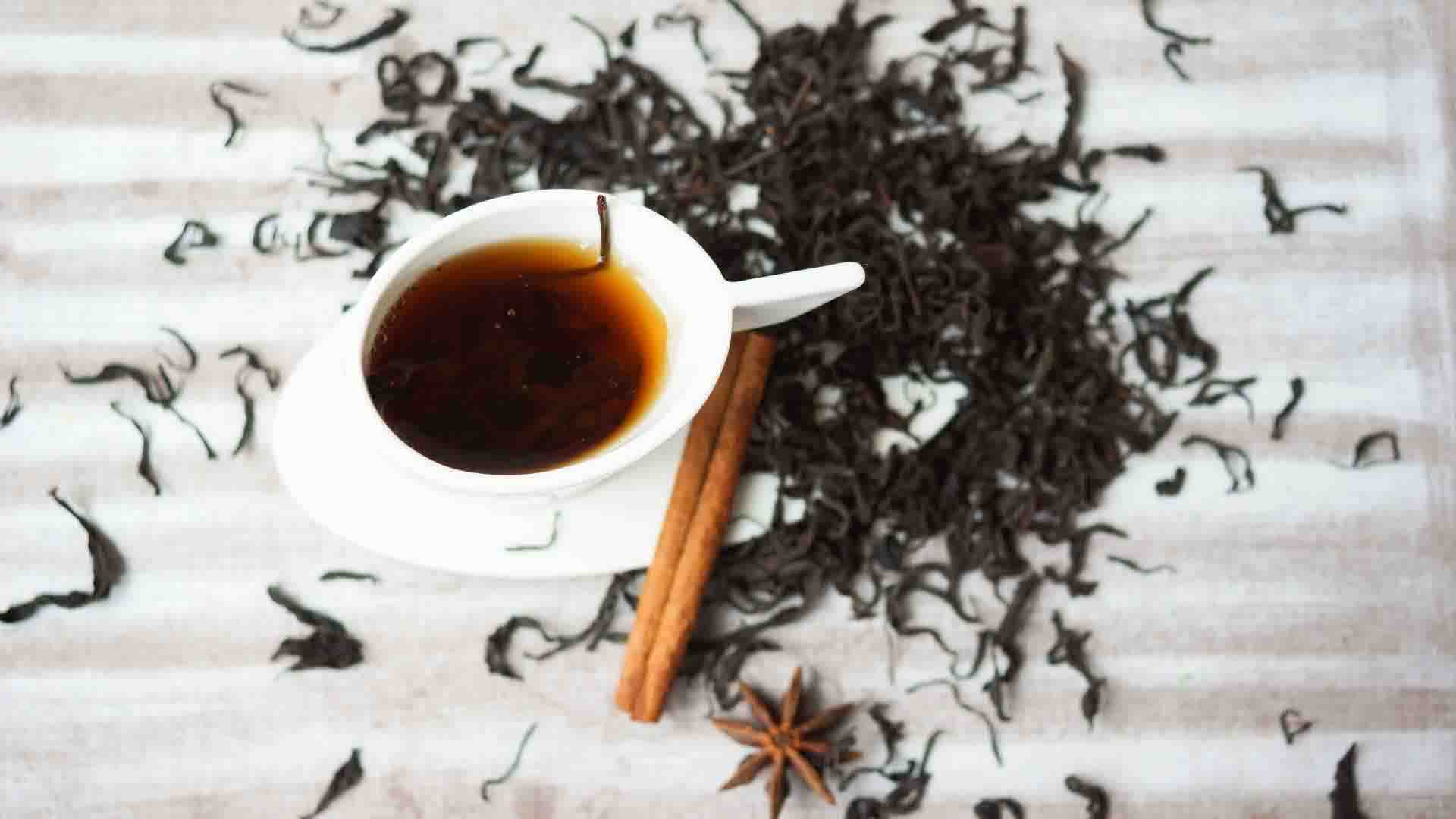
4) Heat to the Right Temperature
Not all teas brew the same: water temperature must match the tea type. Generally, boiling water (100 °C) is ideal for robust teas like black and dark oolong; it opens the leaves to release full flavor. In contrast, delicate teas (green, white, lightly oxidized oolongs) require cooler water – typically around 80–85 °C.
For example, Melbourne’s tea science experts note brewing black or oolong tea in freshly boiled water (98–100 °C) for 4–5 minutes brings out their maximum flavor, whereas green tea does better around 82 °C for slightly shorter times.
Twinings echoes this advice: “never pour boiling water over… tea. The boiling water will burn the tea”. After boiling, let the water cool about 2–3 minutes before pouring for green or white teas. Using a kettle with a built-in thermometer (or a handheld one) can help you brew at the precise temperature.
5) Steep for the Right Time
Steeping time is key: under-steeping yields weak flavor, while over-steeping makes the tea bitter. Follow recommended brew times for each tea: roughly 3–5 minutes for black tea and full-bodied oolongs, about 2–3 minutes for green, white, or lighter oolongs, and 5–7 minutes for herbal or fruit infusions.
For example, English Tea Leaves advises ~3–4 minutes for black tea and ~2–3 minutes for green tea. Always check the specific instructions on your tea packaging or website – experts say to “stick to the brewing instructions” for the smoothest result.
Avoid stealthy over-brewing: as Tasting Table’s Jeannie Liu warns, brewing even 30 seconds too long can cause excessive tannins and a bitter taste. If you want more strength, add an extra pinch of leaves rather than extending steep time. High-quality loose leaves often allow multiple steeps, so you can steep the same leaves again if desired.
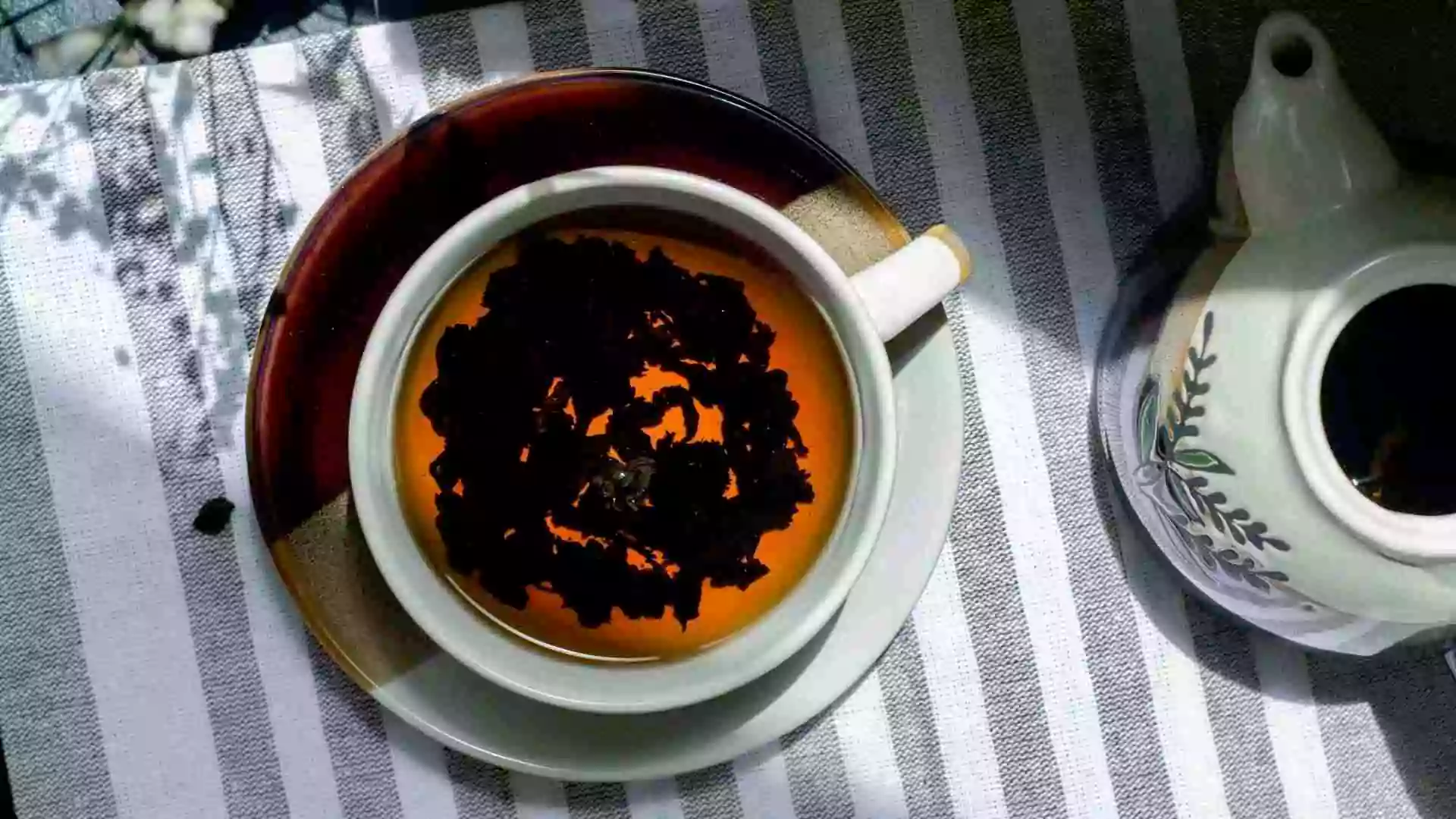
6) Brewing Method and Equipment
How you infuse the tea leaves matters. Loose leaves need room to unfurl. Use a roomy teapot, gaiwan, or open infuser. Avoid using tiny tea balls or stuffing leaves in a small filter, as the leaves won’t expand fully. After adding leaves, pour the water and let it steep; if using an infuser or strainer, remove it promptly at the right time to prevent over-extraction. Cast iron or ceramic teapots can help retain heat well.
If brewing in a single cup (gaiwan or mug), pour slowly from the kettle to disturb the leaves and release flavor, then let it sit undisturbed. Some tea makers even swirl the pot gently after adding leaves to ensure even infusion. However you do it, a proper infuser and teapot will make your cup of tea taste more balanced and aromatic.
7) Serving and Enjoying Your Tea
Pour your brewed tea into a cup and savor. Small teacups are ideal: they let you sip slowly and keep the tea warm, so it doesn’t go cold too fast. The size also allows the tea to reach a perfect drinking temperature as you enjoy it. If you prefer milk or sweeteners, add them after brewing. (Tea purists often skip milk altogether, but for robust black teas, a splash of warm milk can be comforting.)
Traditional etiquette varies – for instance, some advise adding milk after the tea so you can see the color, while others claim pouring milk first protects delicate china. The bottom line is personal choice. In Bangladesh, tea is often savored with jaggery (gur) or condensed milk, but we encourage trying premium tea straight first to appreciate its full flavor profile.
As you brew, notice how the cup of tea changes color and aroma. The right combination of quality leaves, water, time, and temperature yields a rich, smooth liquor. If you want an extra flourish, garnish your tea with a slice of ginger or a sprig of mint for herbal varieties. In the end, brewing tea is a personal ritual – experiment with these expert tips to find your perfect balance.
Why STB Leaf’s Blends Matter
At STB Leaf, we take pride in our premium tea blends from Bangladesh’s famous tea gardens. Bangladeshi tea has a “strong flavor and rich aroma” thanks to Sylhet’s ideal climate. By sourcing fresh, high-grade leaves, STB Leaf ensures your brew starts with the best raw materials.
Our single-origin black and green teas are plucked and processed with care see our Journey of Bangladeshi Tea article for how the finest leaves go from garden to cup. Using STB Leaf’s premium blends, you’re tapping into centuries of tea tradition – and following tea experts’ advice for a top-notch brew.
Ready to experience the difference? Browse STB Leaf’s online shop for premium loose-leaf teas and unique blends crafted in Bangladesh. Treat yourself to a perfect cup of tea and join our community of tea lovers! Visit STB Leaf – Premium Teas to shop now and elevate your tea routine.
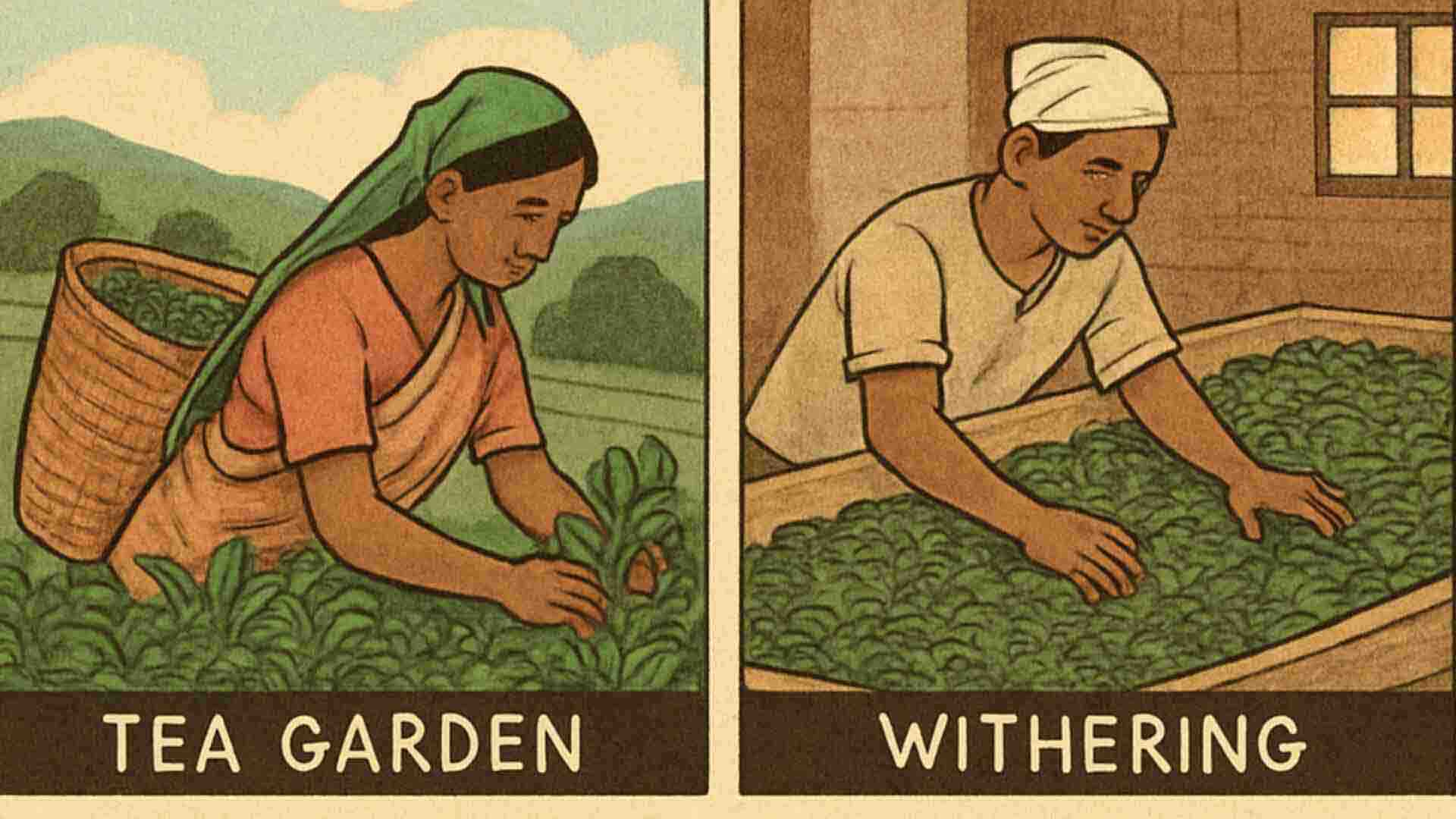
Frequently Asked Questions (FAQs)
Q: How much tea should I use per cup?
A: A general guideline is 1 heaping teaspoon (about 2–3 g) of loose-leaf tea per 6–8 oz of water. However, leaf size matters: lighter leaves (like large white tea buds) take more space per volume, so you may need a slightly larger scoop. For very strong tea, increase the leaf amount rather than prolonging the steep. Weighing tea with a scale can give precision: roughly 2.5–3 g per 6 oz is common.
Q: Can I reuse tea leaves for a second brew?
A: Yes – a great perk of high-quality loose tea is re-steeping. Many teas (especially oolongs and fine greens) can be brewed 2–3 times. Simply add the original leaves back to hot water for the recommended time; you may need to steep a little longer on the second brew. Always strain completely after brewing so the leaves don’t sit in the water.
Q: What’s the best water temperature for different teas?
A: Use boiling (100 °C) water for black tea, pu-erh, and herbal infusions, steeping ~3–5 minutes. For green or white tea, let boiling water cool 1–2 minutes (to about 75–85 °C) before pouring, and steep ~2–3 minutes. Oolong teas vary: lighter oolongs use cooler water (like green tea), while darker oolongs can use nearly boiling water. When in doubt, follow the manufacturer’s temp guidelines on the package.
Q: Why is my tea bitter, and how can I fix it?
A: Bitterness usually comes from over-extraction of tannins (common in black and green tea). To avoid this, don’t over-steep. For example, if green tea tastes bitter, steep it for less time or at a slightly lower temperature. Also, ensure you remove tea leaves or infuser promptly when done. If your tea tastes flat, try using fresh water and not re-boiling it.
Q: How important is water quality?
A: Very important. Use fresh, cold water each time – ideally filtered or spring water. Hard tap water with high mineral content can alter tea flavor. If your tap water tastes “off,” try bottled or filtered water for brewing. Remember, never reuse boiled water; fresh water = more oxygen = more vibrant tea.
Q: Should I warm the teapot or cup first?
A: Yes. Pre-warming keeps the brew hot longer. Swirl some hot water in the empty pot or cup and pour it out before adding tea. This prevents immediate temperature drop when you pour the boiling water in, ensuring proper extraction.
Q: What’s the advantage of loose-leaf tea over tea bags?
A: Loose-leaf tea tends to be higher quality with intact leaves, yielding better flavor and aroma. Bags often contain dust or fannings, which brew faster but with less nuance. Experts say loose tea “lets them imprint how good tea is prepared” from the start. If you try a great loose leaf, you’ll notice a brighter taste and more layered flavors compared to typical bagged tea.
Q: How do I know when my tea is ready?
A: Set a timer based on the recommended steep time for your tea type. While brewing, observe the color: a dark amber or golden hue typically means a good extraction. For precision, taste-testing: dip a spoon or take a small sip at the lower end of the time range. If it tastes strong enough, remove the leaves then to avoid bitterness. With experience, you’ll learn your ideal color and aroma cues.
Q: Can I brew tea in the microwave?
A: It’s not recommended. Microwaving heats water unevenly, which can result in weak or oddly flavored tea. Using a kettle or stove (even a temperature-controlled electric kettle) ensures even heating. If you have only a microwave, heat the water to fully boiling and then let it stand to cool slightly before steeping.
Q: What’s the best way to store tea leaves?
A: Store tea in an airtight, light-proof container away from strong odors, heat, and moisture. Use opaque tins or sealed bags. Keep different teas separate – tea absorbs smells easily. Stored this way, black teas last 2–3 years, green teas ~1 year, and delicate whites ~6–12 months. Proper storage ensures every cup of tea tastes fresh and vibrant.
